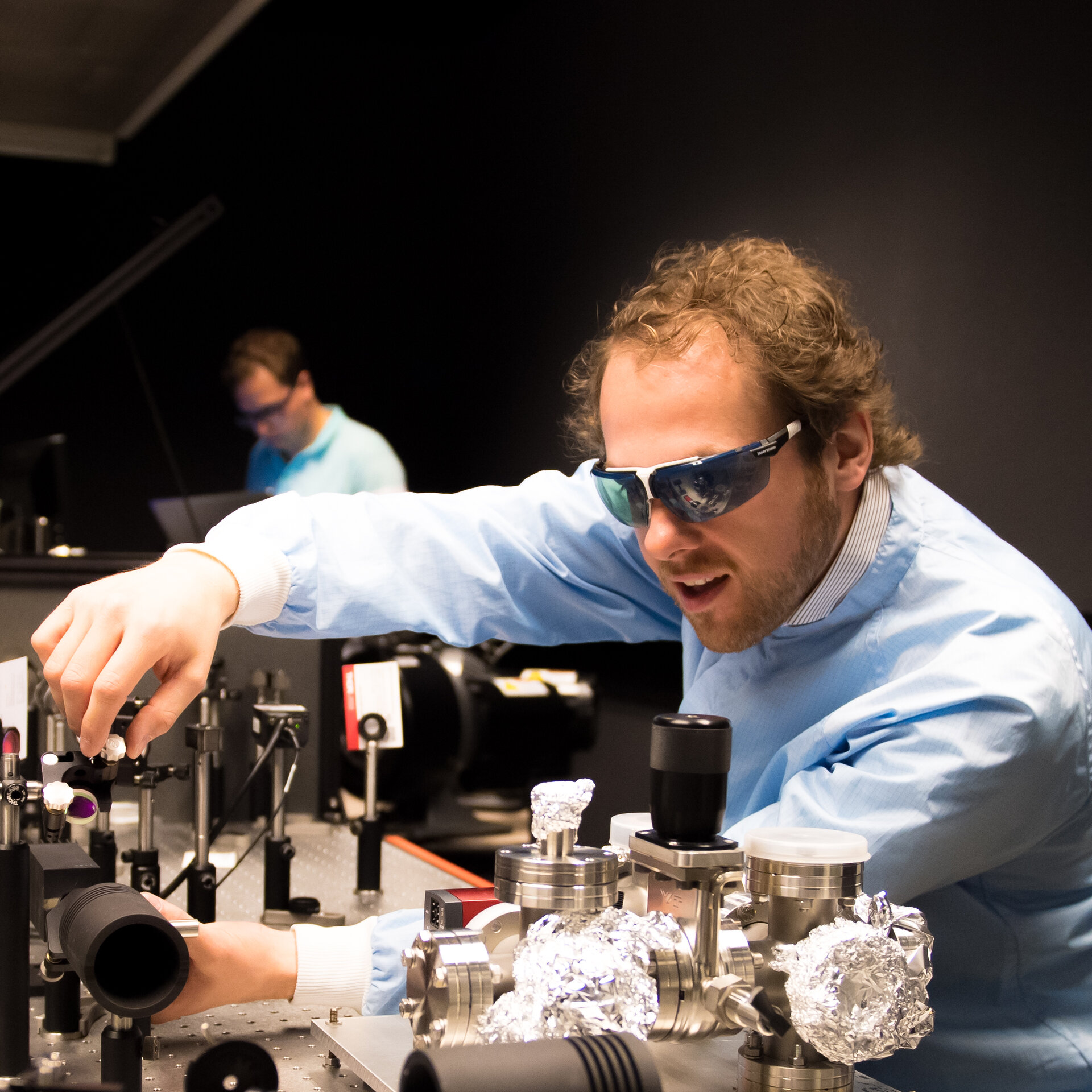Laser Induced Contamination
Since its invention in 1960, the laser has proven as a versatile tool in many areas ranging from industry to medicine and science. Remote sensing is one of the areas in which lasers are broadly used. Lidars are mainly employed as a tool to measure distance to objects, but can also allow for remote mapping of atmospheric contents by identifying wavelength-dependent changes in the intensity of the returned signal. In that respect employing lasers in earth observation payloads seems a logical step. However, this presents a challenging task due to phenomena such as Laser Induced Contamination(LIC) and Laser Induced Damage(LID), which reduce dramatically the reliability of the system.
The optoelectronic section (TEC-MME) has a long heritage related to high-energy laser development support, backed up by diverse laboratory capability. Our team consist of experts with solid experience and broad know-how. The section is especially strong in the domain of LIC and LID where it has a long record of general and ad hoc support to ESA project and external partners. The laboratory capabilities range from diverse standard tests to evaluate the suitability of materials in terms of LIC to dedicated experiments in which multi-element optics and sub-systems are evaluated in representative conditions. State-of-the-art diagnostics tools allow for in-situ monitoring and thorough post-test investigation and identification of the root-cause of the observed phenomenona.


